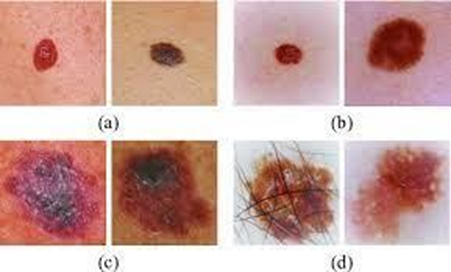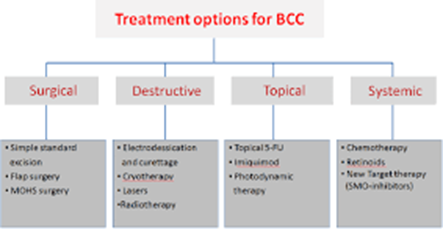A nurse is planning care for a client who has an infected wound with significant exudate.
The nurse should plan to use which of the following dressings to cover the wound?
Polymeric membrane dressing
Hydrofiber dressing
Hydrogel dressing
Hydrocolloid dressing
The Correct Answer is B
Choice A rationale: this is a type of non-adherent dressing that can be used for wounds with minimal exudates hence this is not suitable for wounds with significant exudate since it causes maceration and leakage.
Choice B rationale: this is an absorbent dressing that can be used in wounds with moderate-significant exudate since it moistens the wound environment while facilitating autolytic debridement by forming a gel in contact with the exudate.
Choice C rationale: this is a type of hydrating dressing containing water or glycerin-based gel that is suitable for use in wounds with minimal exudate.
Choice D rationale: this is a type of occlusive dressing suitable for wounds with minimal-moderate exudates. It is unsuitable for wounds with significant exudate since it can result in maceration and leakage.
Nursing Test Bank
Naxlex Comprehensive Predictor Exams
Related Questions
Correct Answer is D
Explanation
Choice A rationale: pruritus is one of the symptoms of malignant melanoma, as well as changes in the shape, size, color, or texture of a mole or other skin lesion. However, pruritus is not specific to the disease and should always serve as a clue prompting further examination.
Choice B rationale: pain is a very rare symptom in malignant melanoma especially during the early stages of the disease. However, pain may occur in advanced stages of the disease when deeper tissues have been invaded and in cases of metastasis to distant sites.
Choice C rationale: purulent discharge is an indication of an underlying infection rather than malignant melanoma.
Choice D rationale: purplish skin discoloration is common in Kaposi’s sarcoma which manifests as purplish skin nodules rather than malignant melanoma. Furthermore, it may suggest bruising or bleeding under the skin. Malignant melanoma can have various colors, such as black, brown, red, blue, or white, depending on the type and amount of melanin produced by the tumor cells.

Correct Answer is ["A","C","D"]
Explanation
Choice A rationale: radiation therapy is one of the possible management options for basal cell carcinoma (BCC) that uses high-energy rays to kill the cancerous cells.
Choice B rationale: this is incorrect since topical corticosteroids are ineffective in BCC management and may worsen the patient’s condition by suppressing their immune system.
Choice C rationale: micrographic surgery can be used in BCC management and it involves the removal of thin layers of skin to a point where no cancer cells can be detected.
Choice D rationale: this is appropriate and involves the use of electric current to burn off the cancer cells.

Whether you are a student looking to ace your exams or a practicing nurse seeking to enhance your expertise , our nursing education contents will empower you with the confidence and competence to make a difference in the lives of patients and become a respected leader in the healthcare field.
Visit Naxlex, invest in your future and unlock endless possibilities with our unparalleled nursing education contents today
Report Wrong Answer on the Current Question
Do you disagree with the answer? If yes, what is your expected answer? Explain.
Kindly be descriptive with the issue you are facing.
